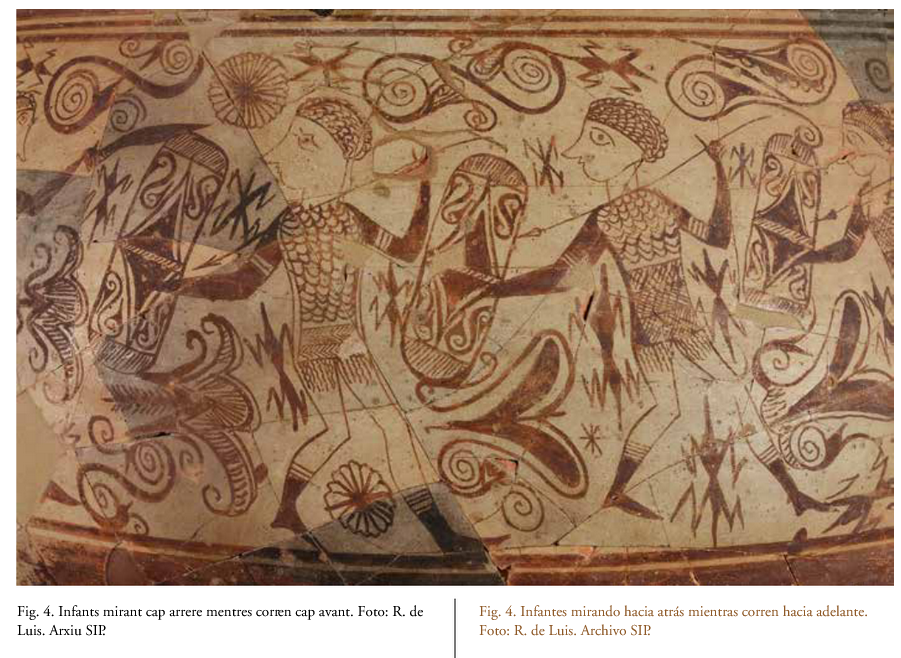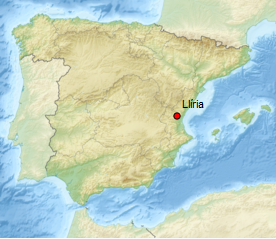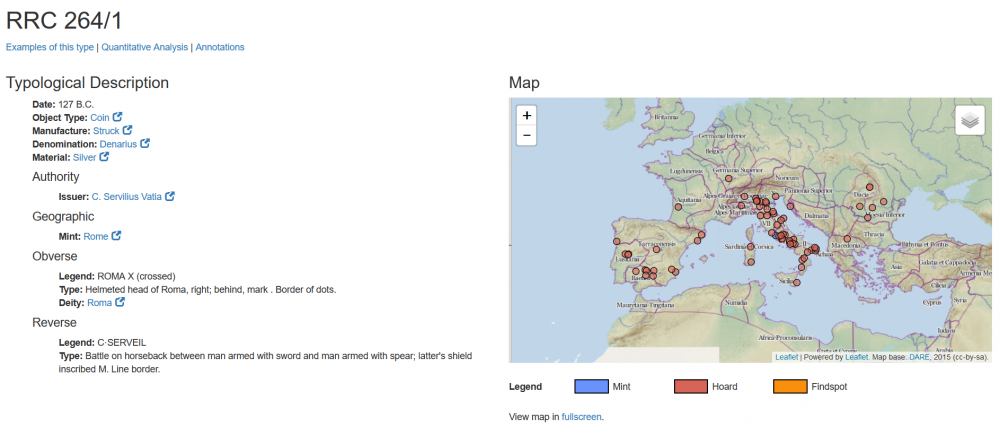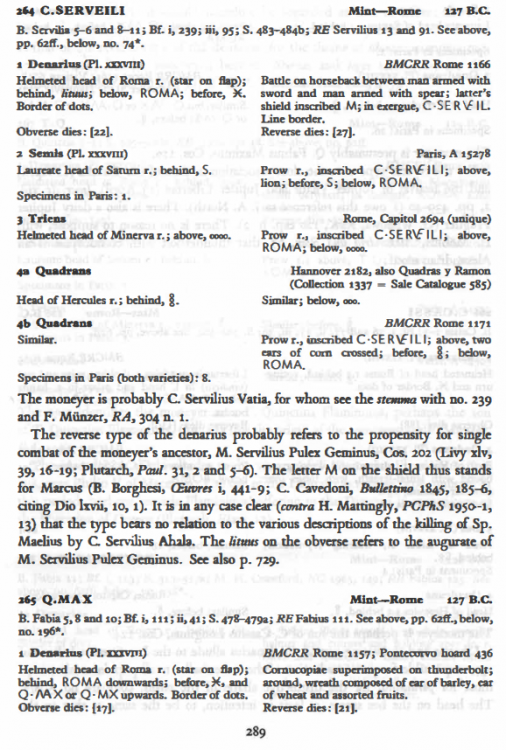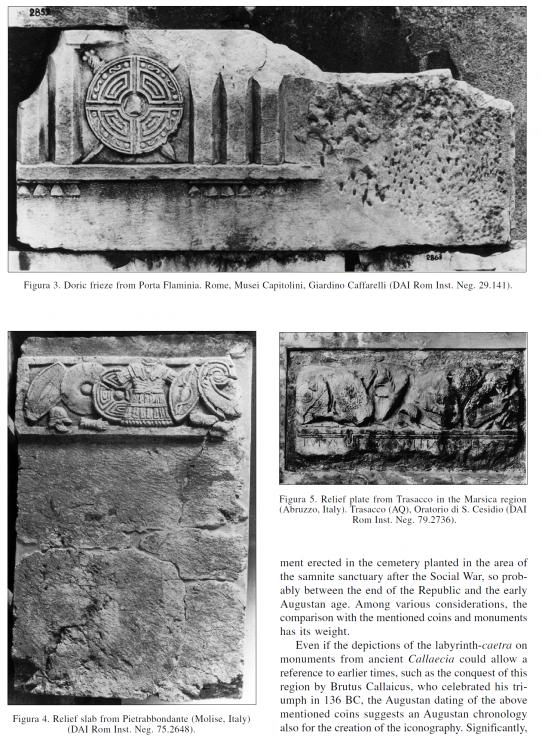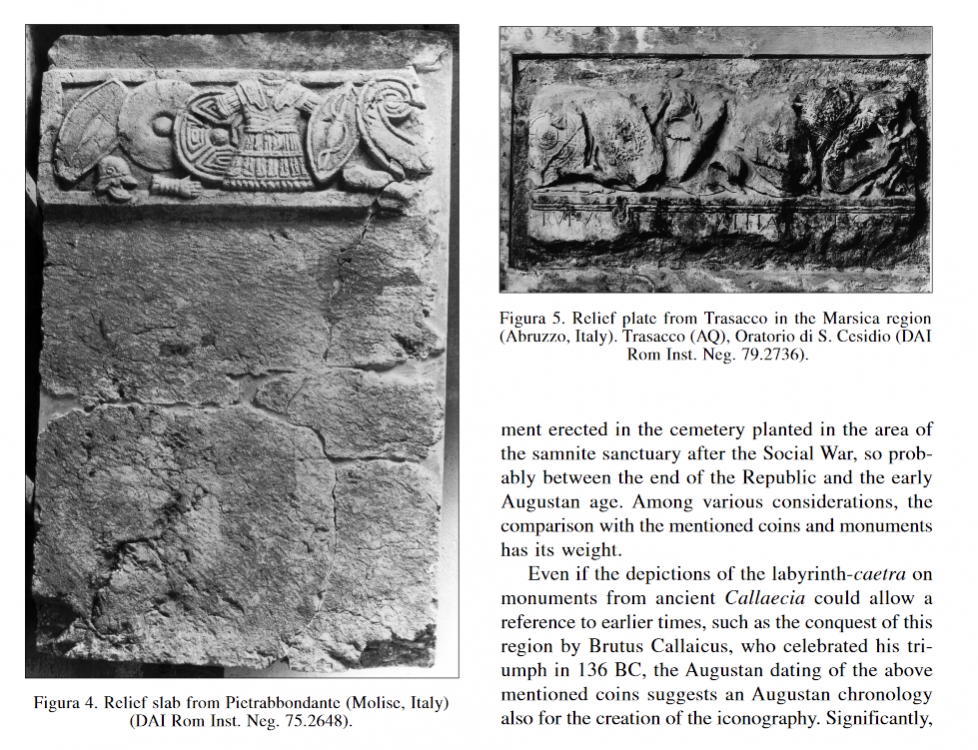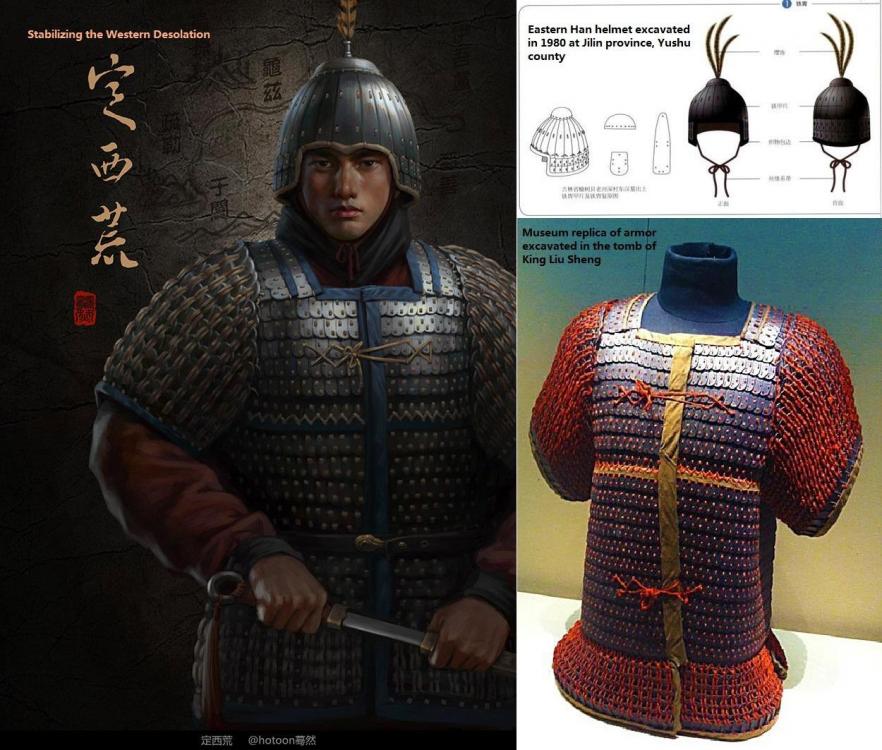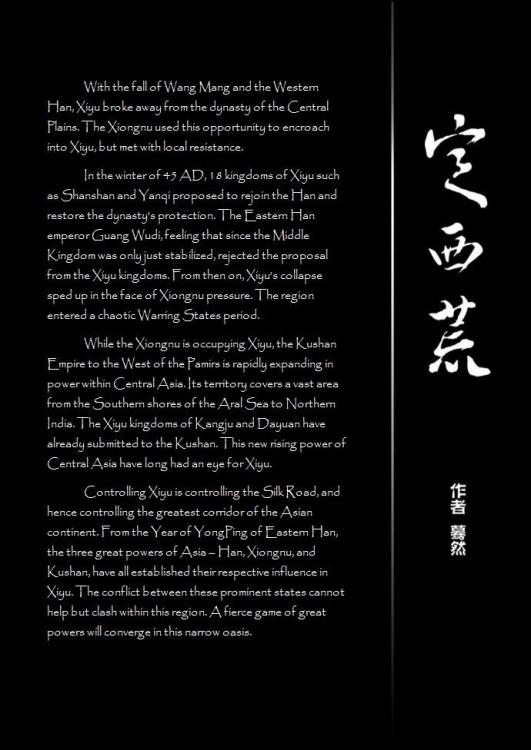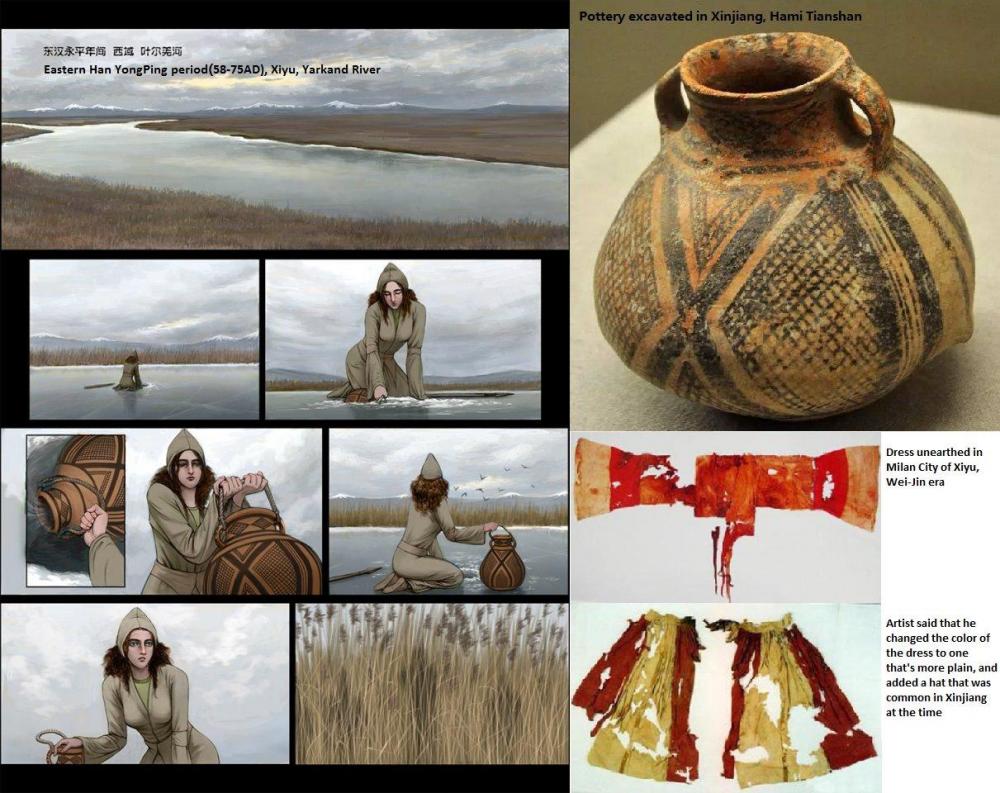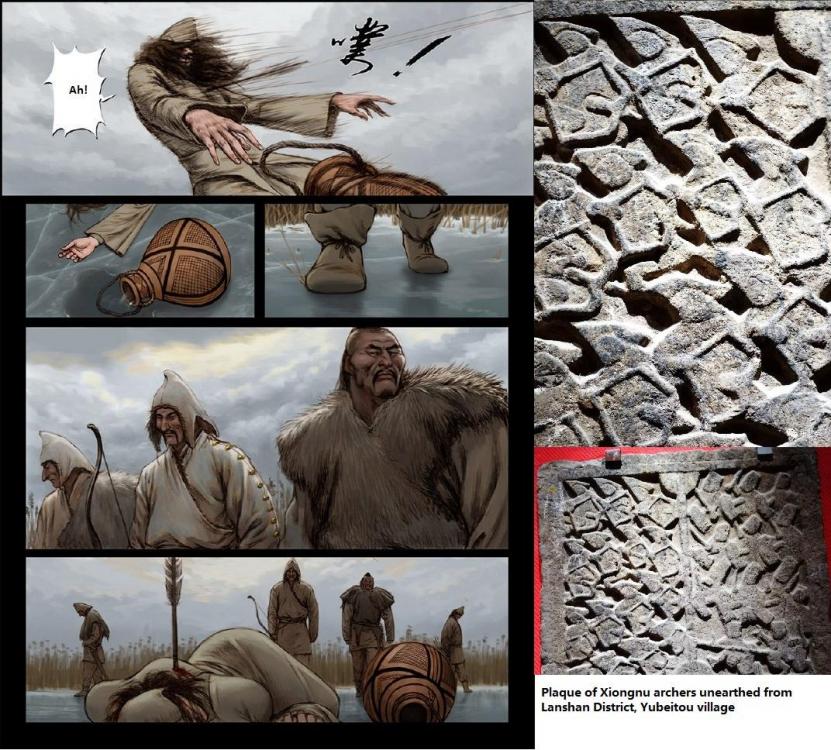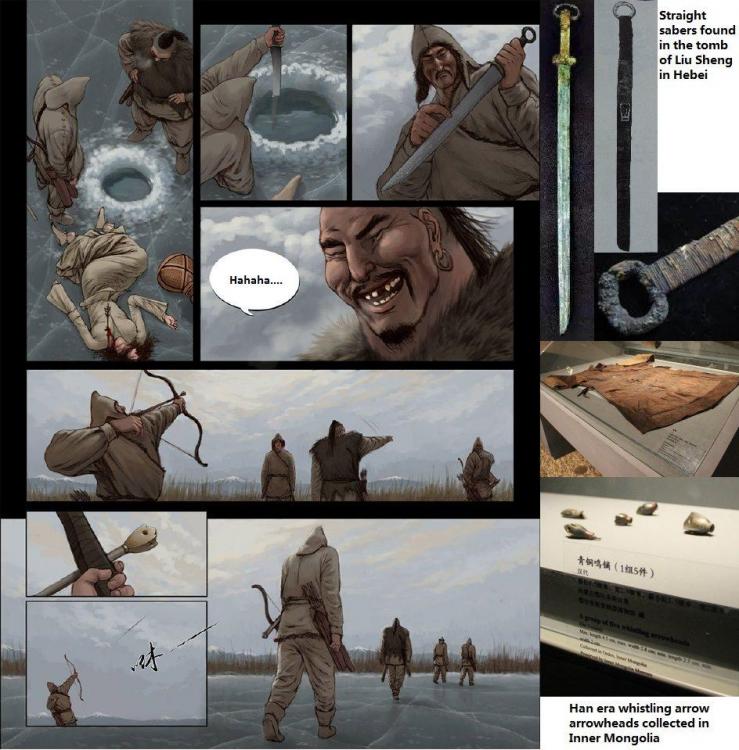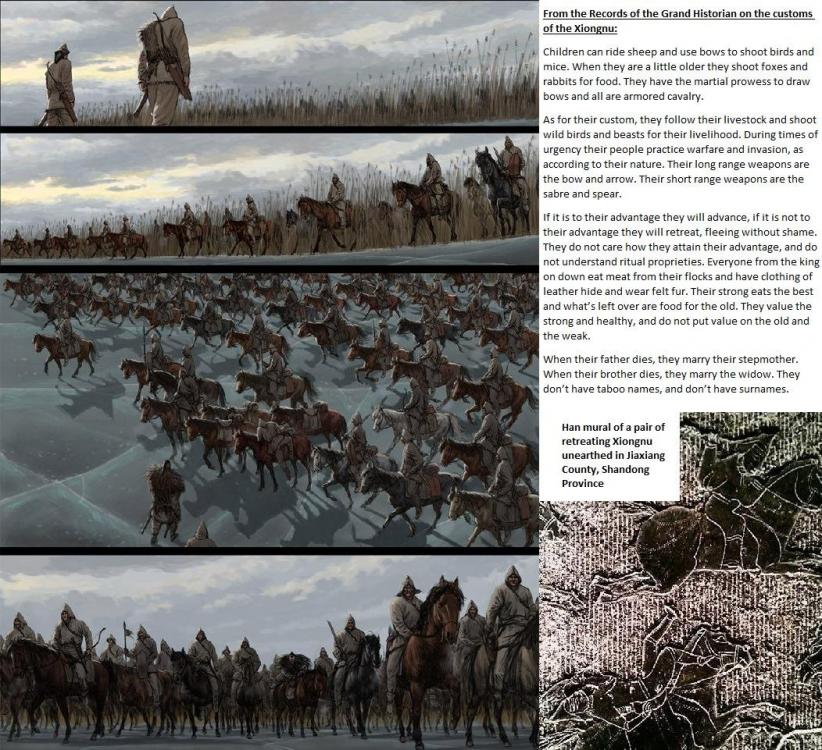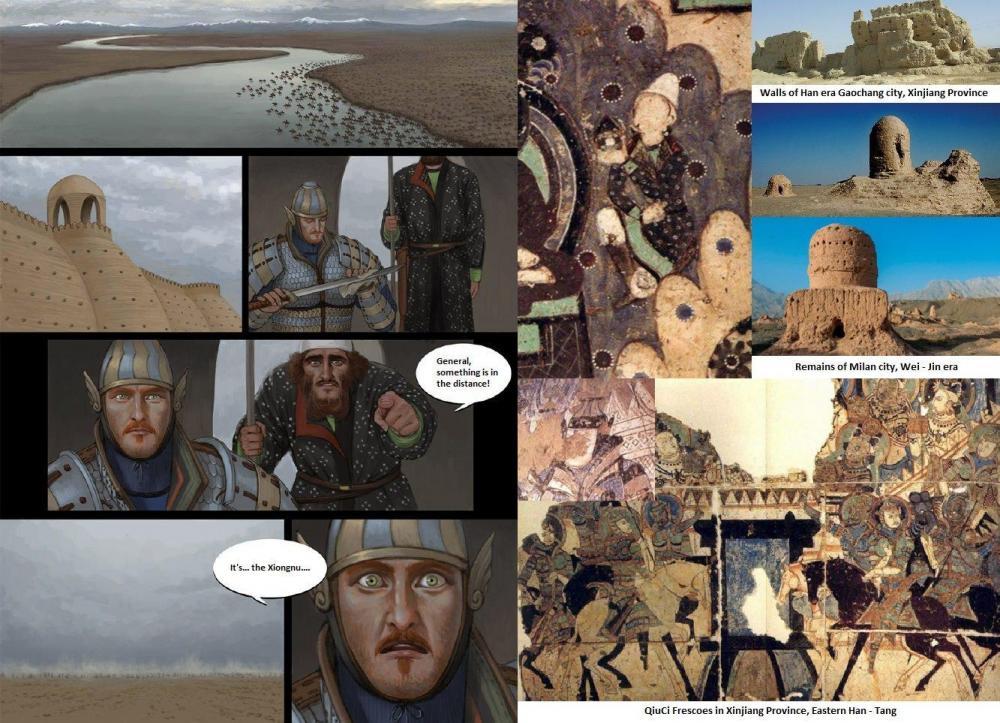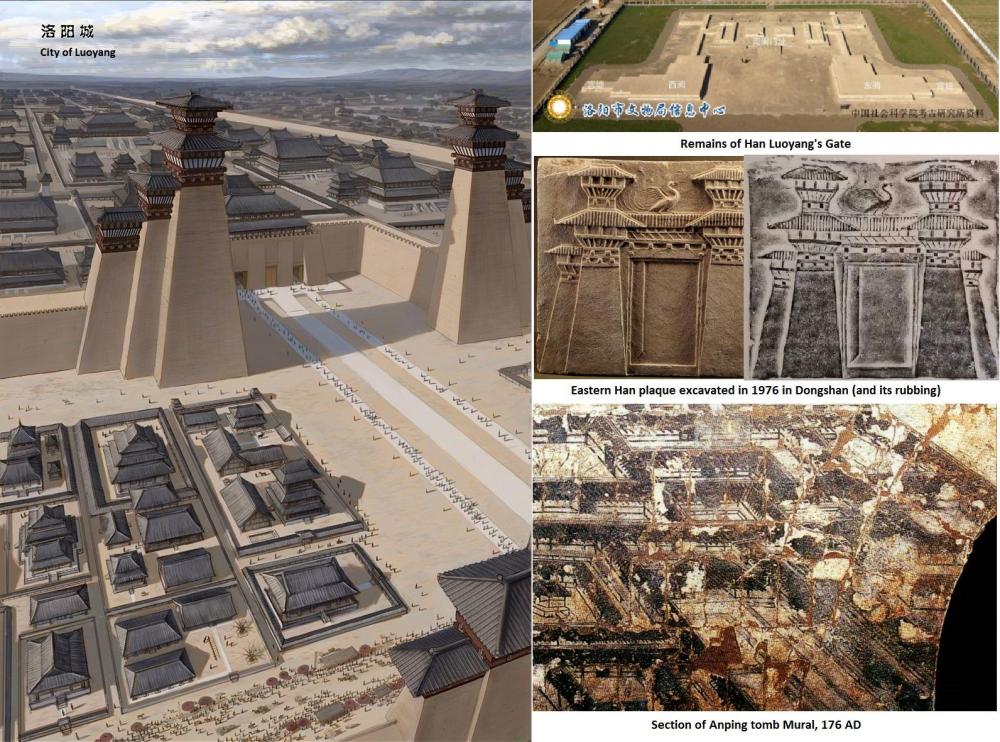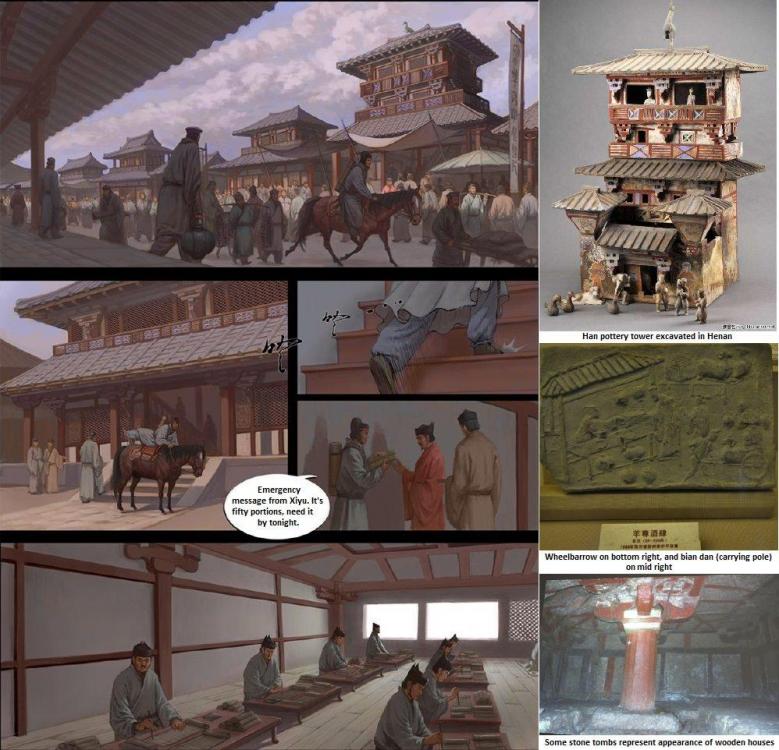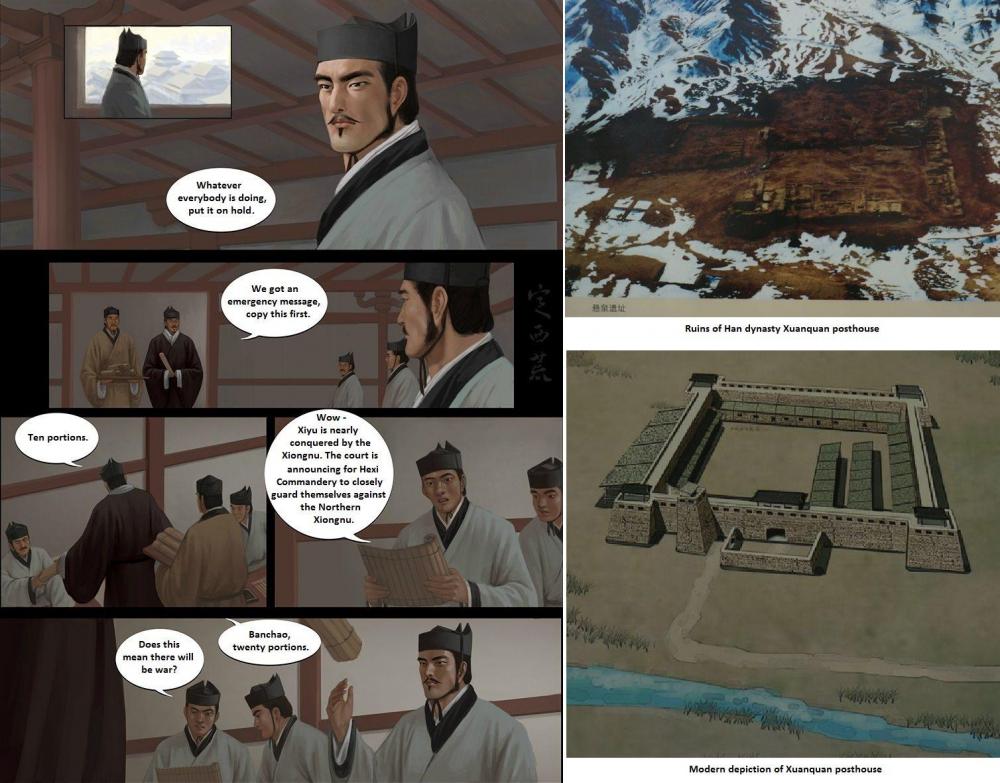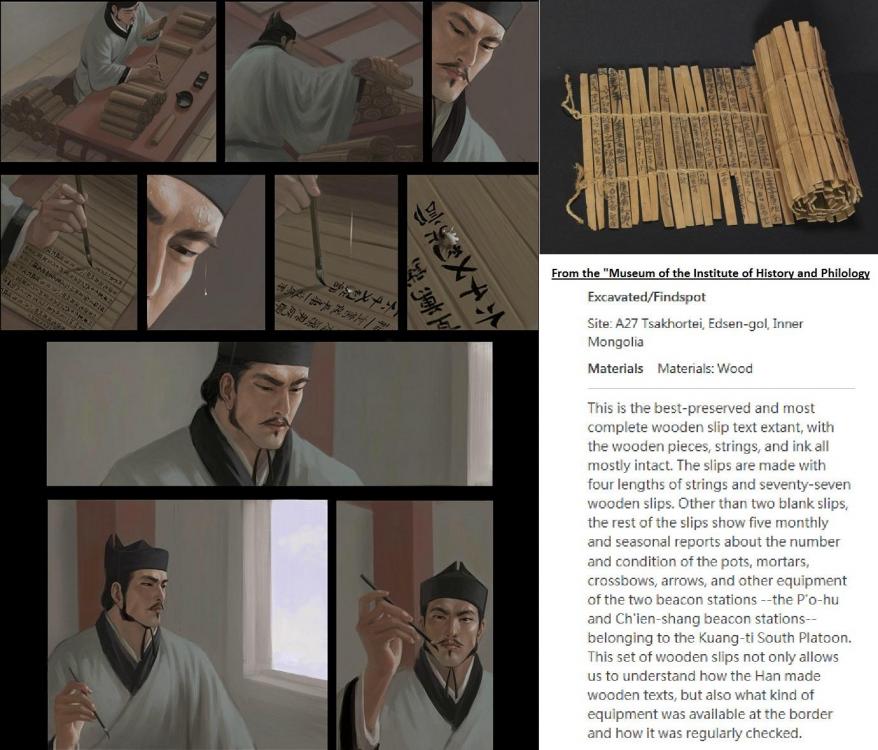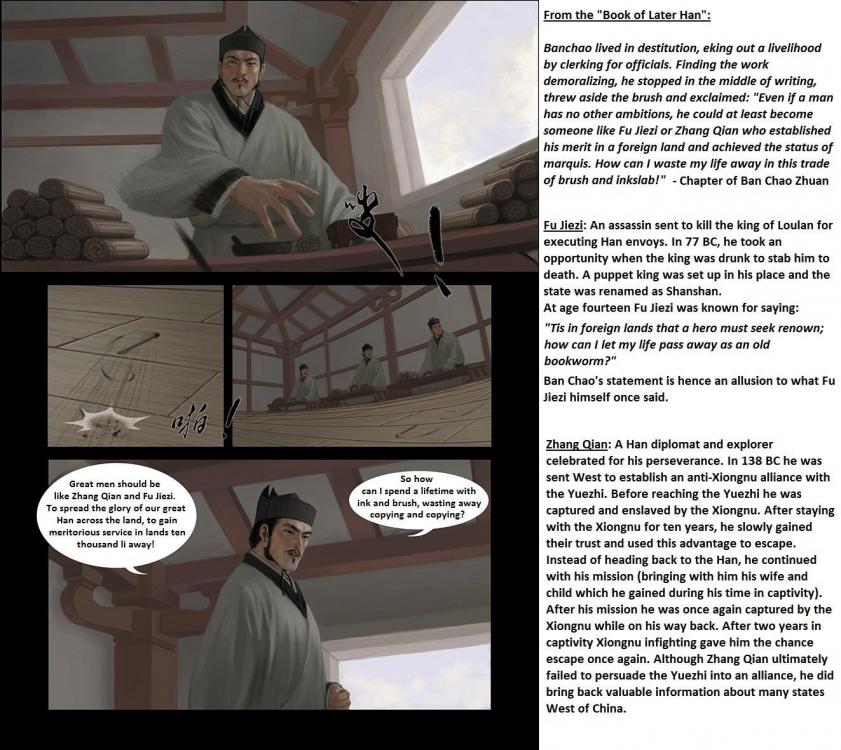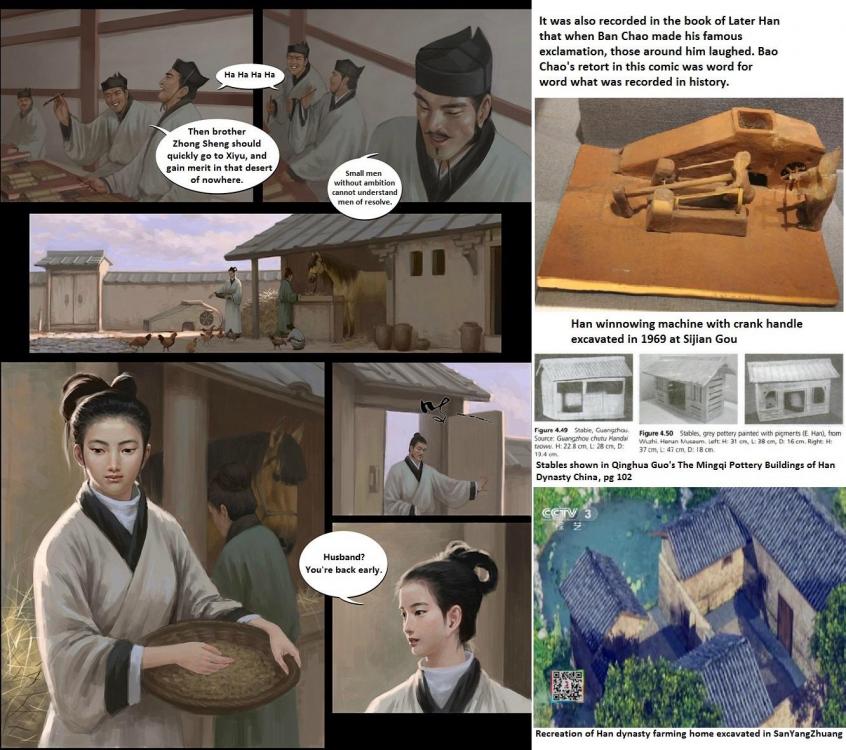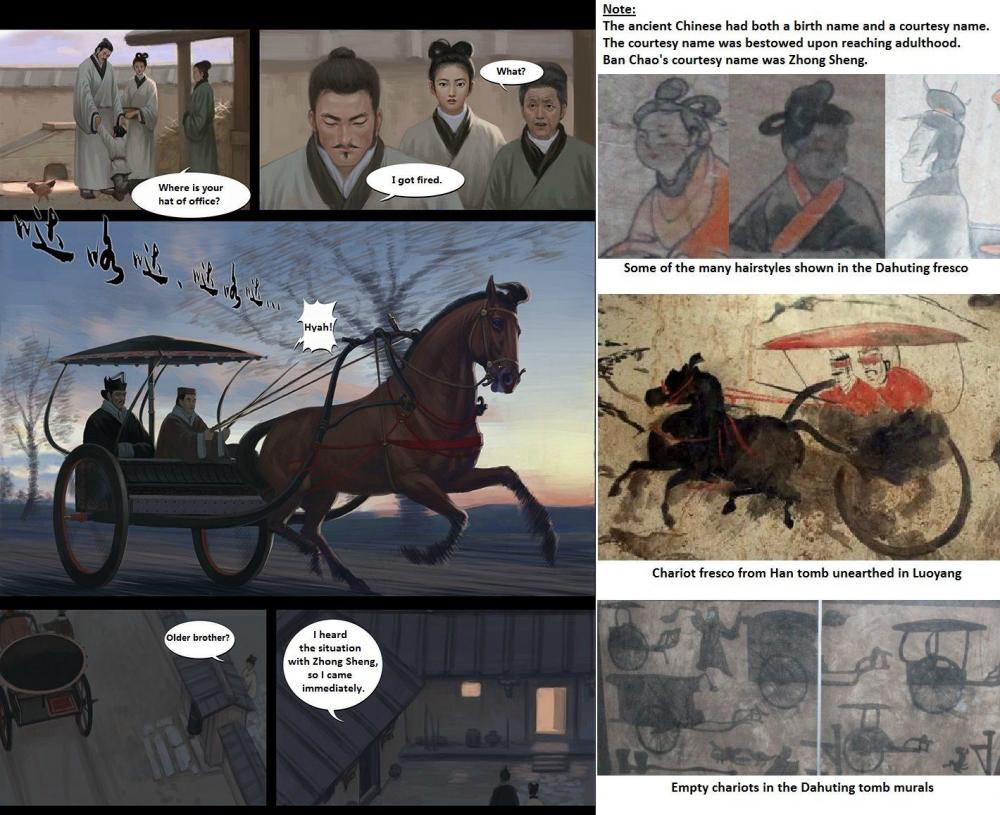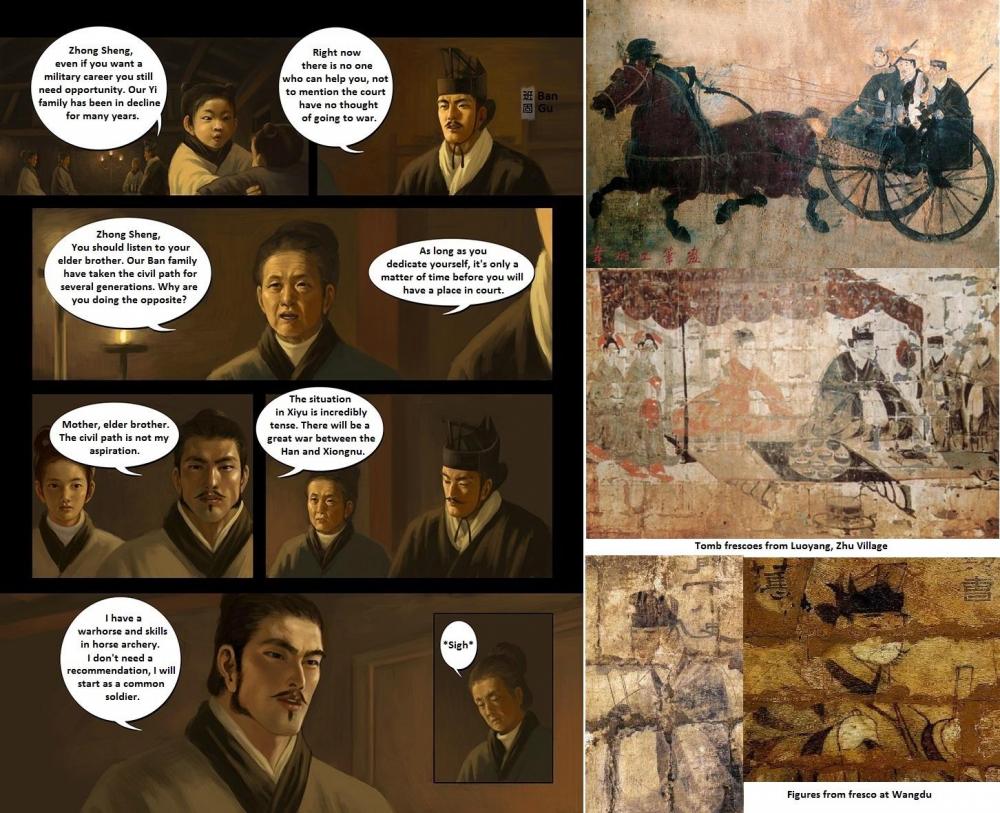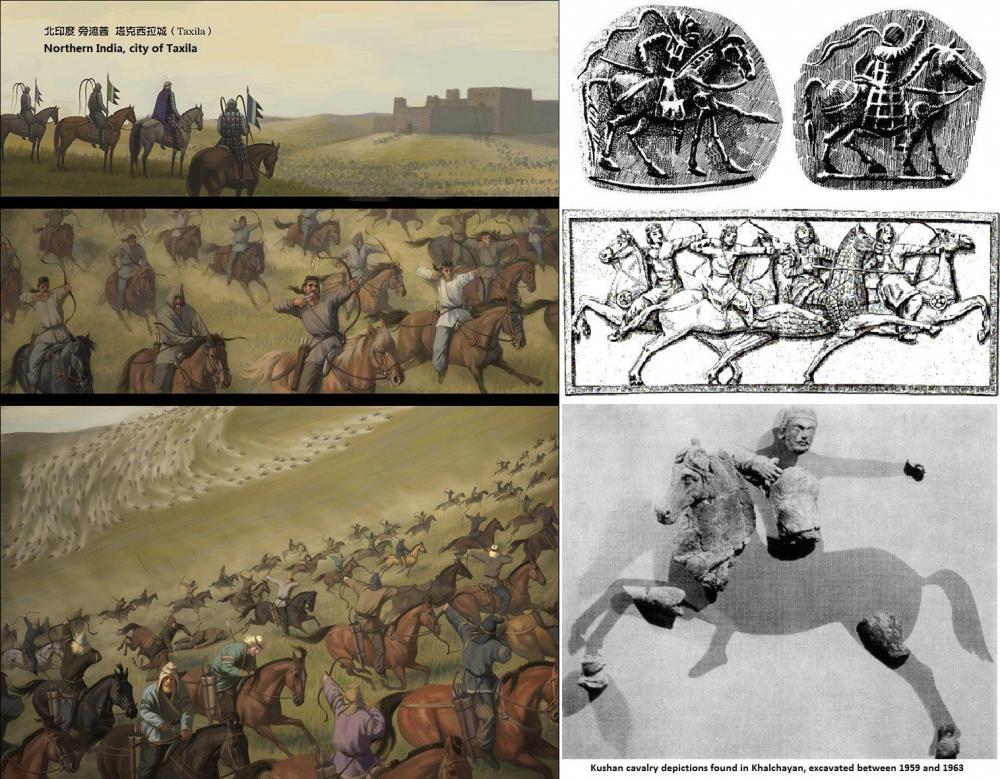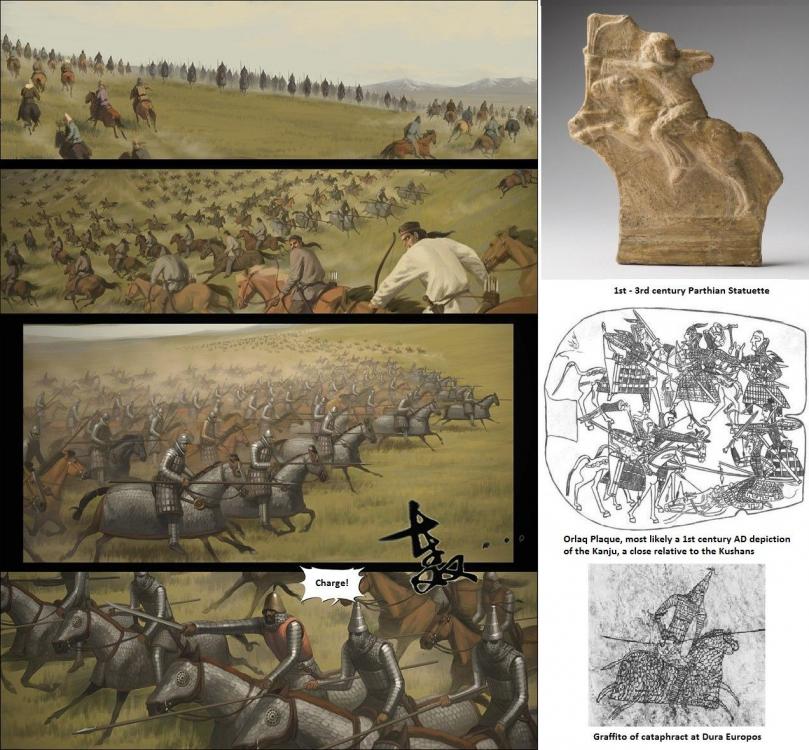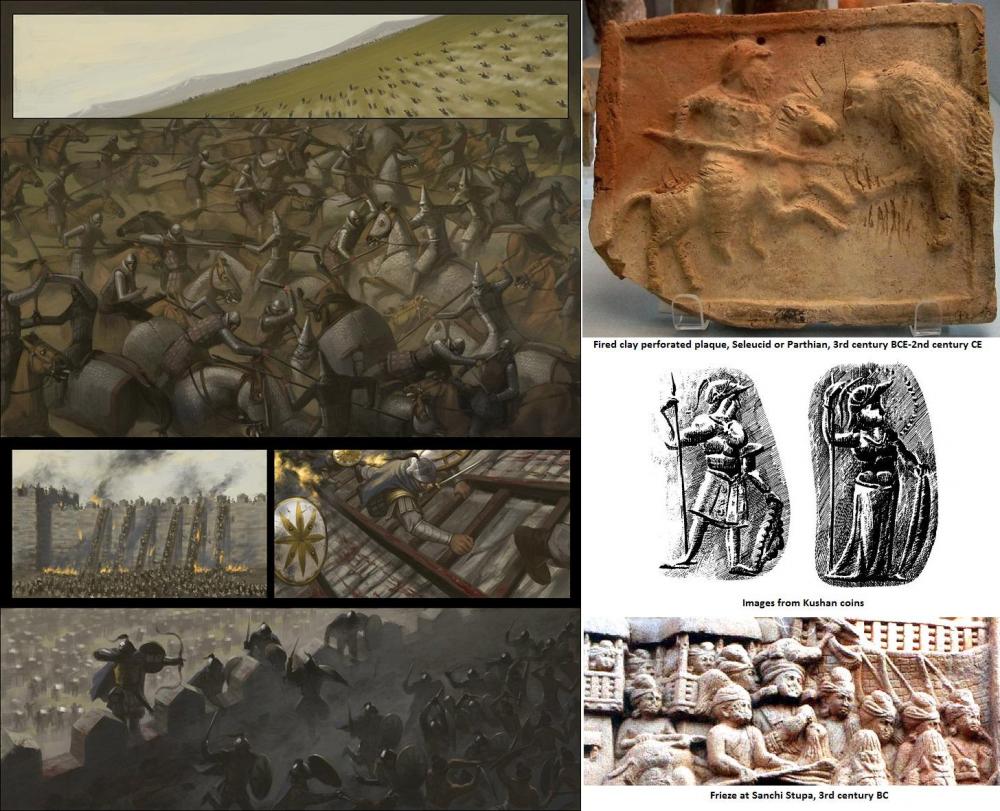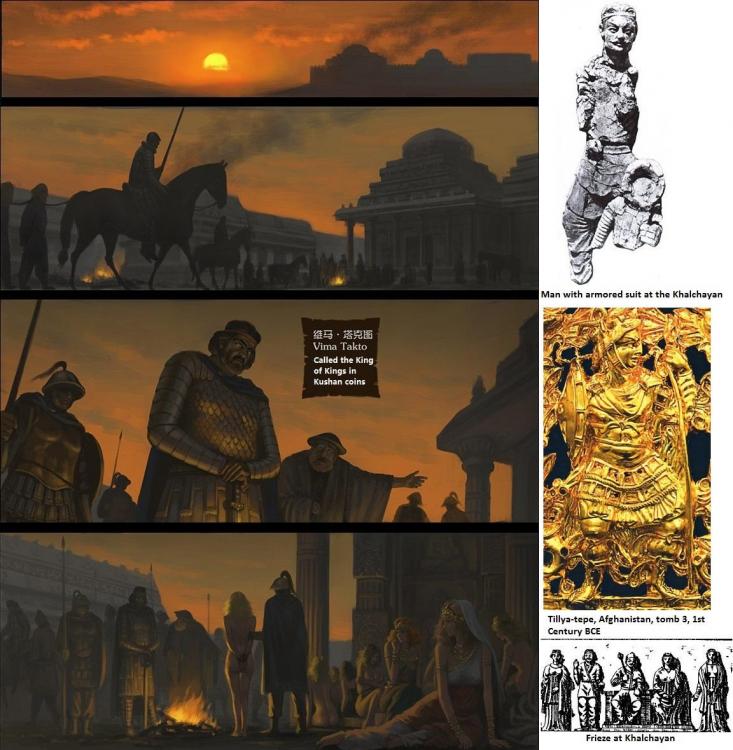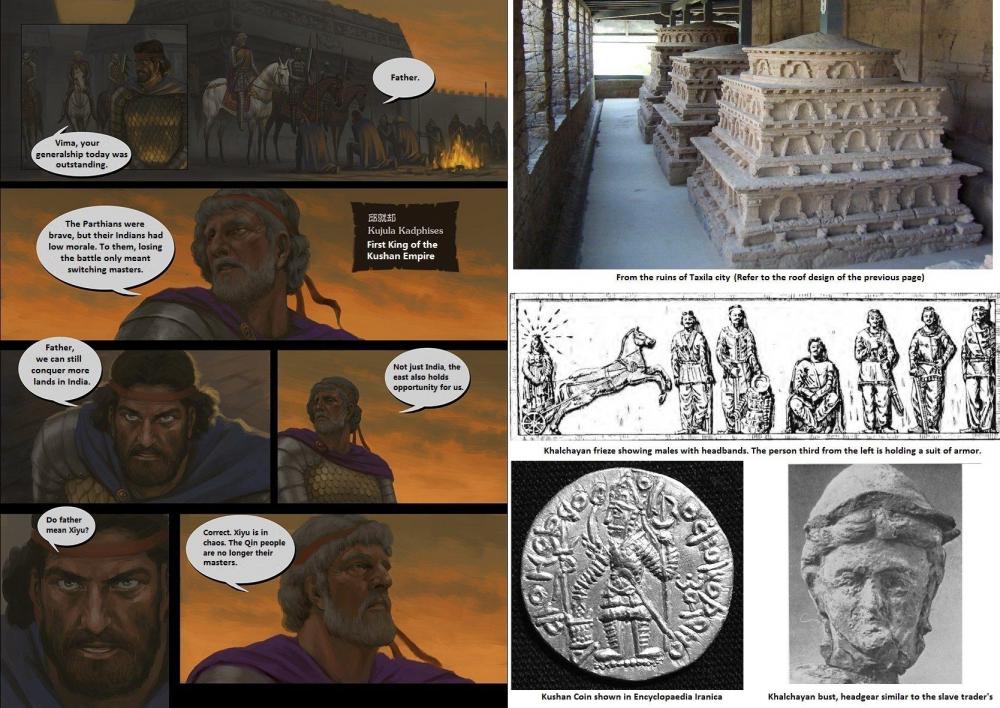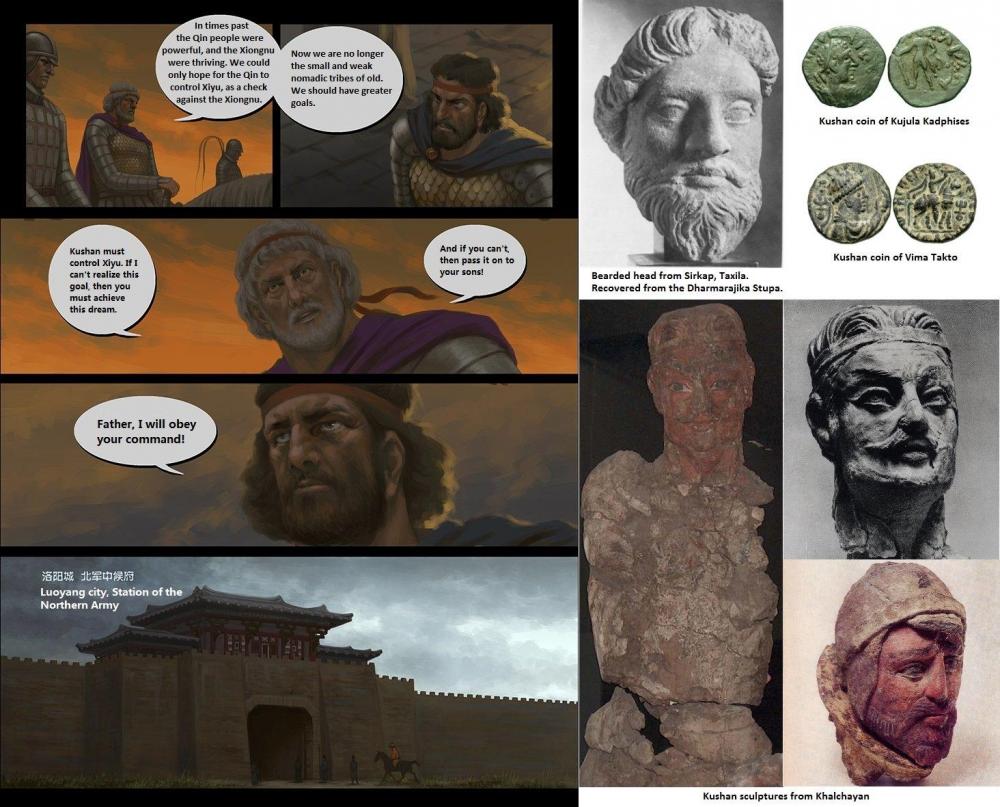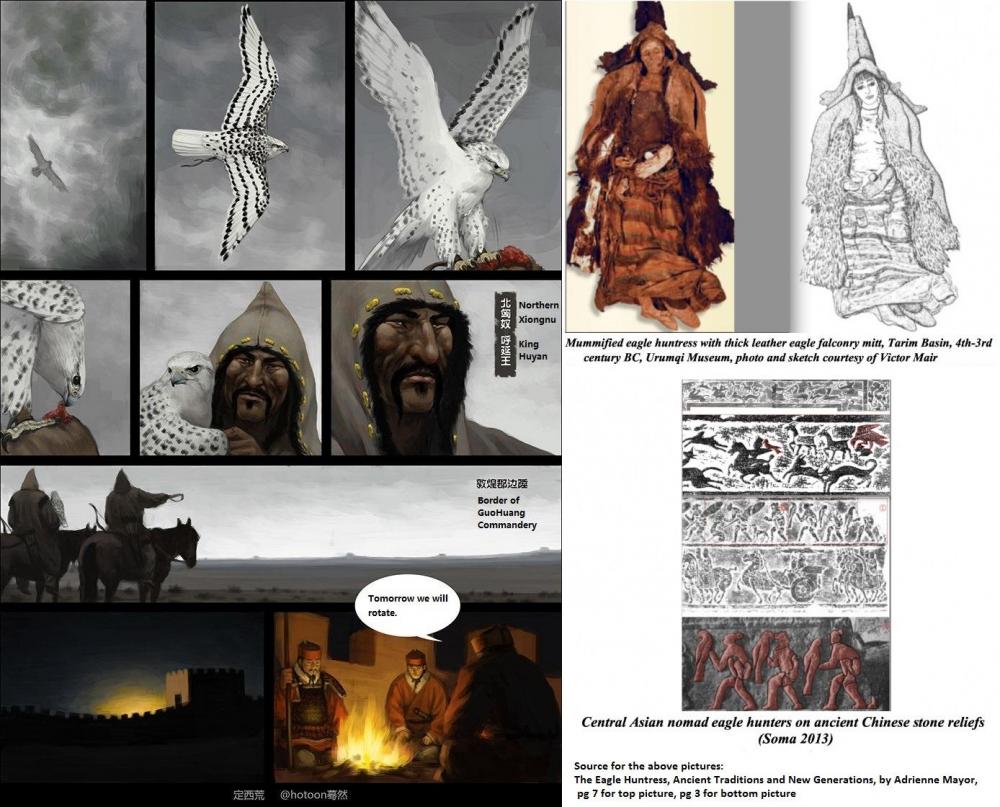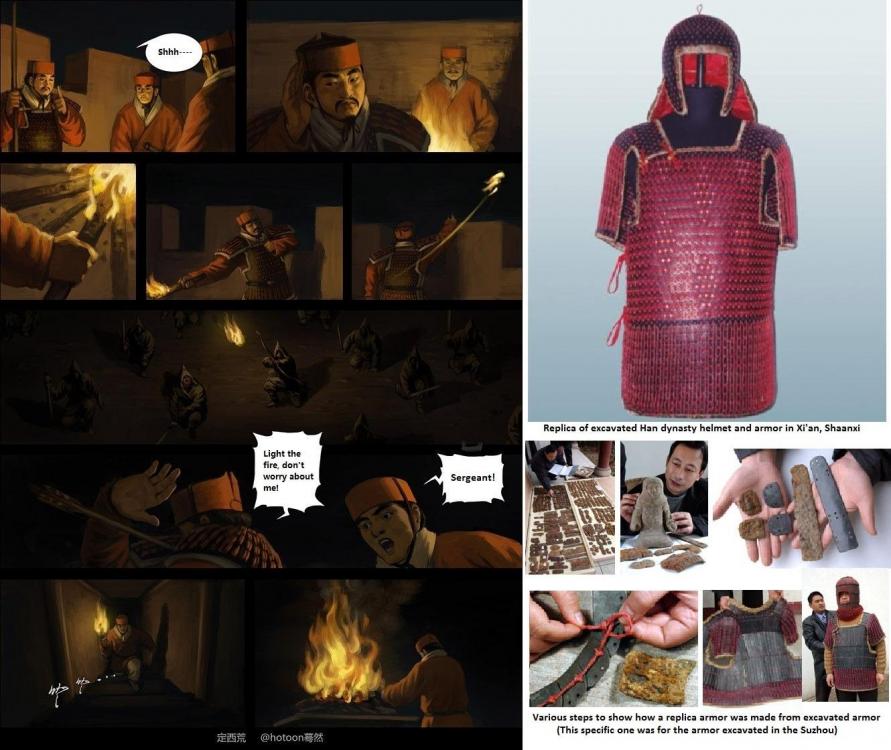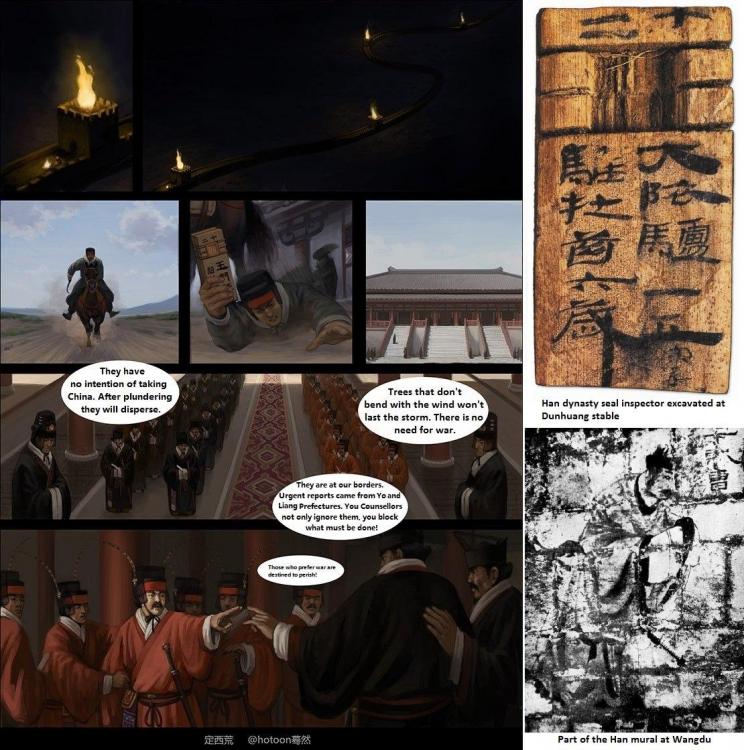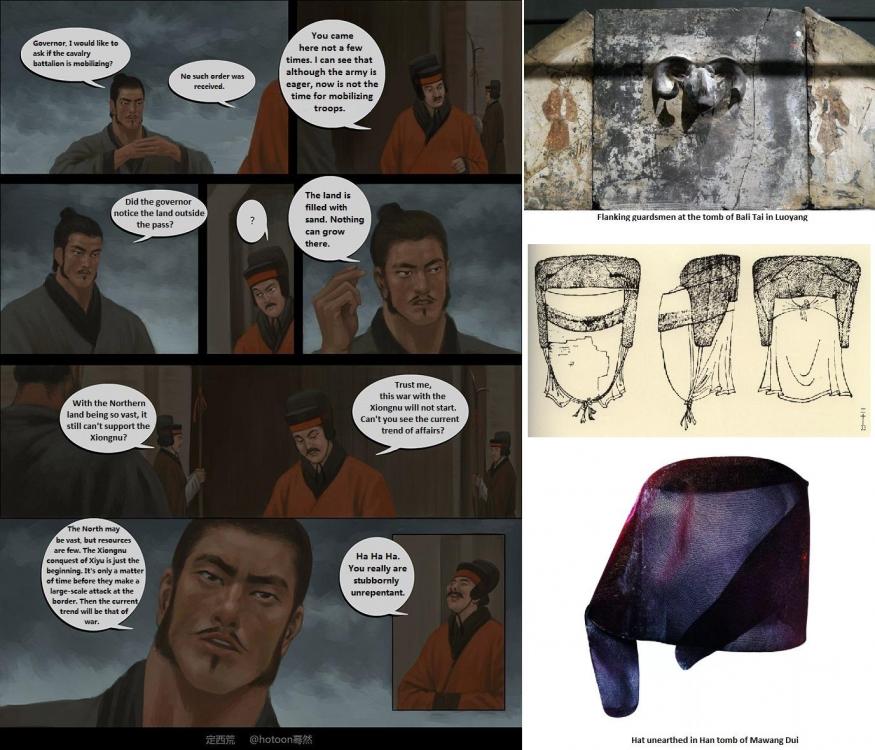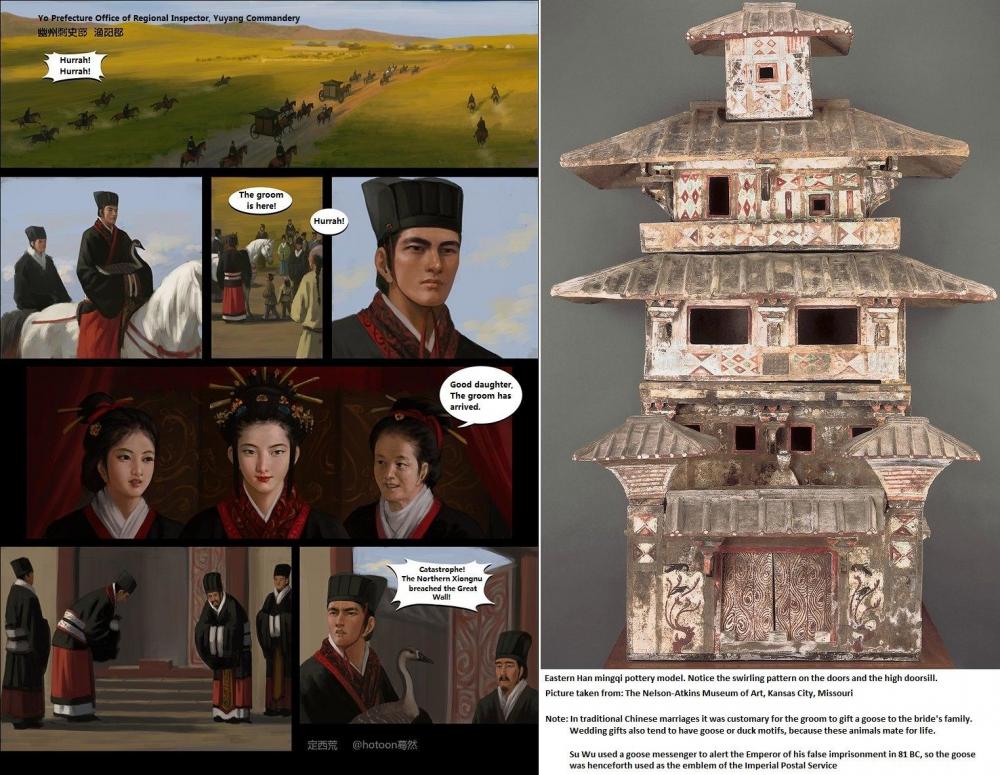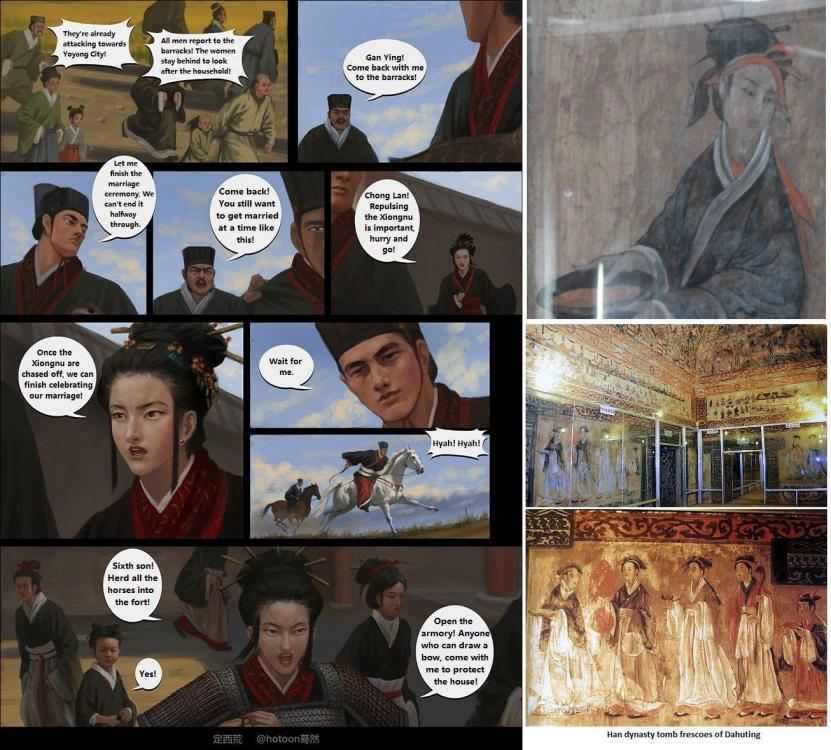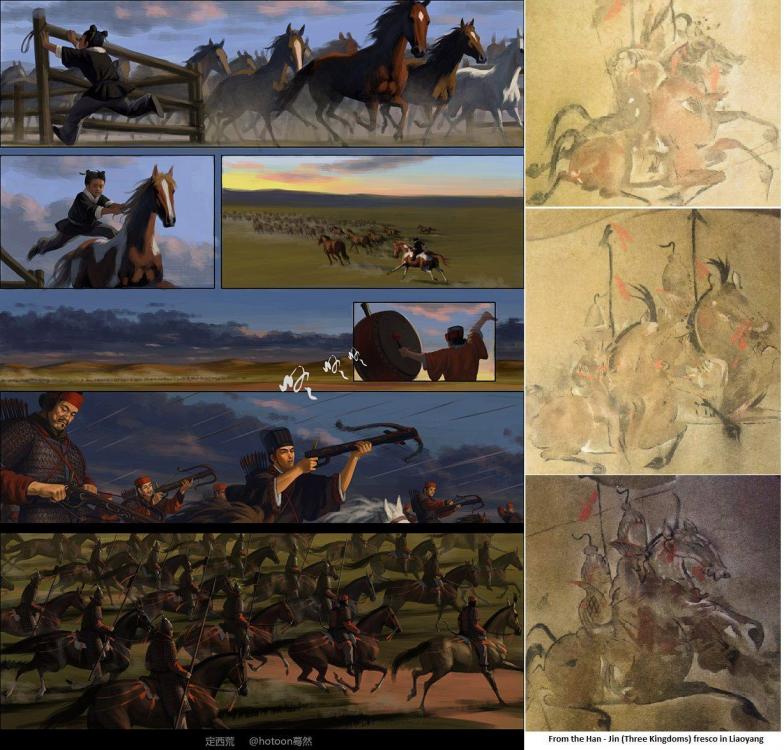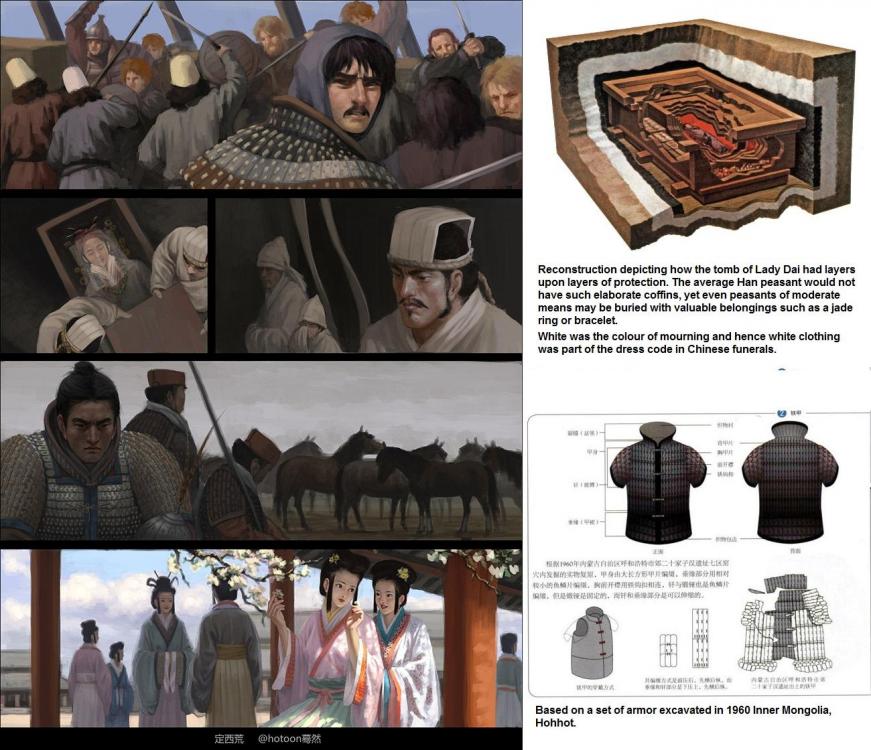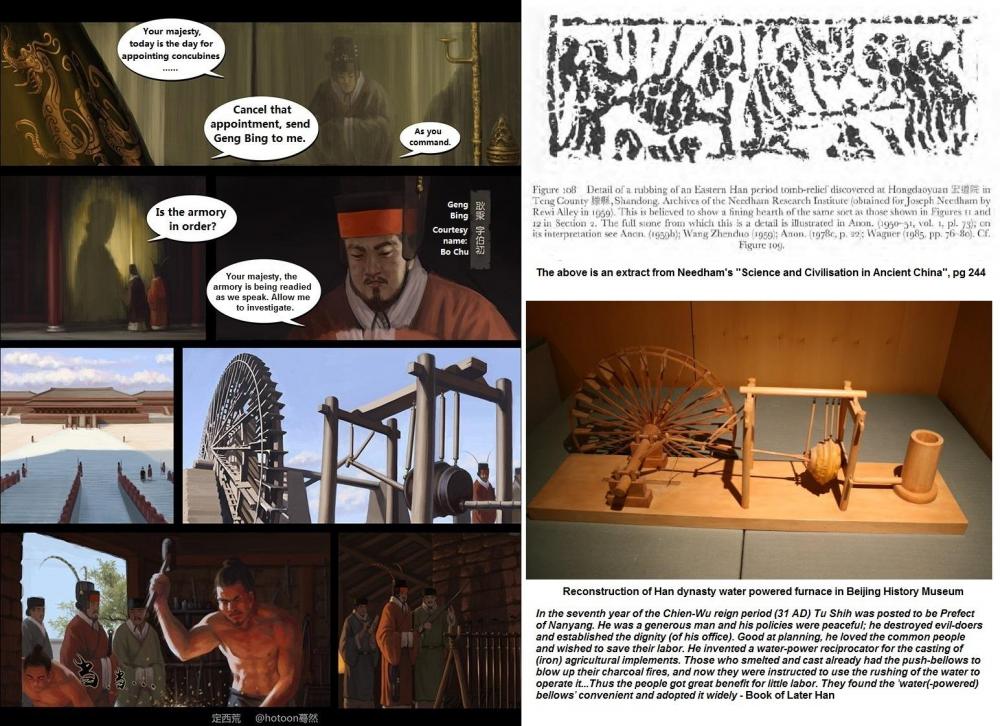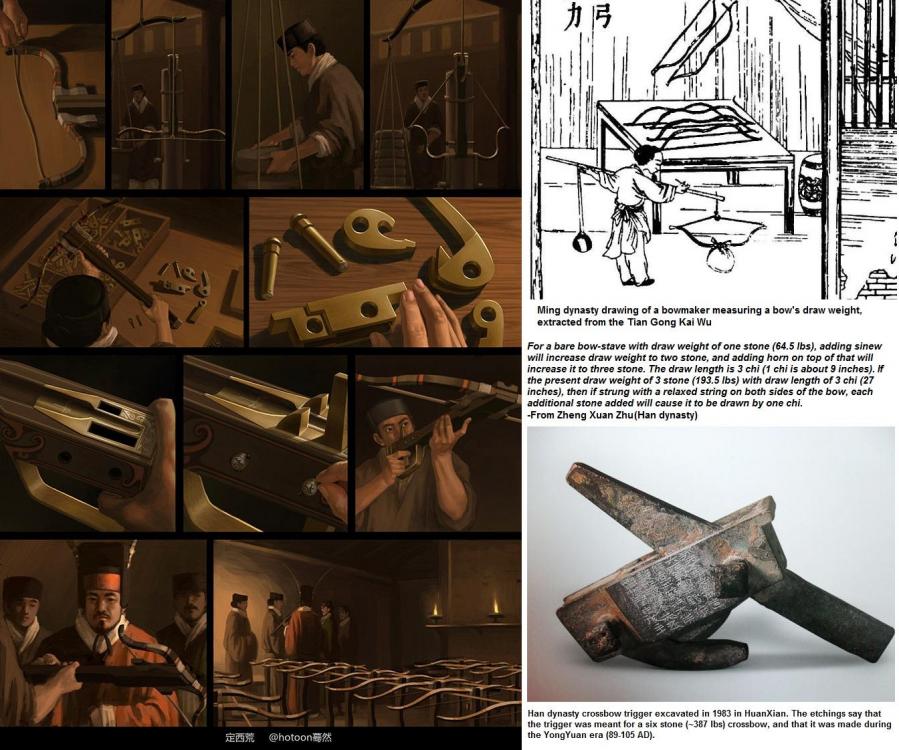-
Posts
2.410 -
Joined
-
Last visited
-
Days Won
83
Everything posted by Genava55
-
That's depicting a roman cavalryman from the end of the western Roman Empire facing two Picts. You really think the bottom part is a chain mail?
-
"It is in any case clear..." means basically "em qualquer caso, é claro..." You claimed it is a coin from Hispania, but this is not. You never replied to my argument so I assume you know I am right and you were wrong. The coin is minted in Rome. It is a widespread denarius, mostly found in Italy. You see a barbarian figure, it could be the case but it could be any kind of barbarian. Thracian for example, from which we know they used lorica squamata. Thracians fought for the Macedonians against the Romans, so it would be much logical for a coin minted by Gaius Servilius Vatia. All depictions from the coins minted by Servilius familly suggest icons and images from the Eastern Mediterranean regions. Not from the West. Because it contradicts you, you label them exotic? That's not helping you. You said Diodorus Siculus not Strabo, but whatever. Strabo's account actually confirms that the chain mail is rare. And Quesada-Sanz is entirely correct on pointint out that none have been found yet (predating the Caesarean era). The point of Quesada-Sanz is to say it is more probably a linen or quilted armor. Strabo's Geography, Book 3, chapter 3.6: At any rate, the Lusitanians, it is said, are given to laying ambush, given to spying out, are quick, nimble, and good at deploying troops. They have a small shield two feet in diameter, concave in front, and suspended from the shoulder by means of thongs (for it has neither arm-rings nor handles). Besides these shields they have a dirk or a butcher's-knife. Most of them wear linen cuirasses; a few wear chain-wrought cuirasses and helmets with three crests, but the rest wear helmets made of sinews. The foot-soldiers wear greaves also, and each soldier has several javelins; and some also make use of spears, and the spears have bronze heads. Now some of the peoples that dwell next to the Durius River live, it is said, after the manner of the Laconians — using anointing-rooms twice a day and taking baths in vapours that rise from heated stones, bathing in cold water, and eating only one meal a day; and that in a cleanly and simple way. The Lusitanians are given to offering sacrifices, and they inspect the vitals, without cutting them out. Besides, they also inspect the veins on the side of the victim; and they divine by the tokens of touch, too. They prophesy through means of the vitals of human beings also, prisoners of war, whom they first cover with coarse cloaks, and then, when the victim has been struck beneath the vitals by the diviner, they draw their first auguries from the fall of the victim. And they cut off the right hands of their captives and set them up as an offering to the gods. And this account is specifically about the Lusitanians. You like to rely on other tribes to make up a Lusitanian roster but the ceramics you are relying on are from Valencia in Spain.
-
-
By the way, the two opinions I shared about the Llírian warriors depicted on the ceramics were made by scholars. One is an excerpt from the publication made by the museum and the other is made by Quesada-Sanz on his Phd thesis. https://www.uam.es/ss/Satellite/FilosofiayLetras/es/1242658885099/1242658430666/persona/detallePDI/Quesada_Sanz,_Fernando.htm But I am not surprised by your attitude.
-
This is a Roman coin right? This is not an indigeneous coin right? So why a Roman would mint a Celtiberian letter? Especially, why Romans would mint in Rome a denarius with a Celtiberian letter? And again this is NOT a coin found exclusively in Hispania, this is a widespread denarius minted by someone that was in charge of the official mint. In Rome. The academic litterature is clear on the matter, the letter M on this coin is a reference to an ancestor of the minter. This is what is explained on the reference book on Republican coinage written by Michael H. Crawford. All the things you see, the braids, the mask helmet and the antenna pommel are the products of your imagination. No expert describes the coin in such way. I don't see the mask, I see a face. A face minted in a similar way in other coins from Servilius family. The pommel of the sword is similar on another coin representing a Roman facing a Macedonian.
-
It is not from Hispania and does not represent two local knights. For you this is a Celtiberian letter ? Interesting. Completely wrong but it is interesting how some people can made up things with great imagination. Maybe you should read more about Gaius Servilius Vatia
-
-
Gaius Servilius Vatia minted coins about his experience against the Macedonians or about the experience of his ancestors during the Punic Wars. The coins you are referring have been reused several times by Servilius family. https://en.wikipedia.org/wiki/Marcus_Servilius_Pulex_Geminus https://en.wikipedia.org/wiki/Gaius_Servilius_Vatia I think you have confused him with Quintus Servilius Caepio that fought against Viriathus. But actually the two of them are unrelated (Servilii Caepiones vs. Servilii Gemini) or only from a very distant ancestor. There is no reason to believe Gaius Servilius Vatia minted anything about the Lusitanian Wars. You are confusing three friezes/reliefs, one you mentioned with a caetra and a very plausible sword from the Iberian Peninsula but is located in Rome at the porta flaminia. The two others are from Molise and Abruzzo in Italy. Distant from hundreds of kilometers. There was a museum exhibition on this vase, as the publication of the museum said: The artistic quality of the Vessel of the Warriors with Cuirasses [1] from Edeta (Tossal de Sant Miquel de Llíria) surpasses that of any other indigenous ceramic painting of the late-Hellenic western Mediterranean. The period to which it belongs, however, is witness to the displacement of medium or small-format staged narratives to supports other than ceramic vessels. [1] The term cuirass, used in the first publication of this vase, is kept here without assuming that it is technically or militarily adequate, since it could be a simple textile coat. I am also reporting the account of the user Trarco, which translated this quote from Quesada-Sanz on the matter: <<The passive defensive weapons depicted on the Vessel (armour, helmets) present other problems. The horses on this vessel are represented using a conventional filler pattern to indicate their coat, which was previously misinterpreted by A. McBride, a great foreign artist but one with little knowledge about Hispanic archaeological realities, as scale or mail armour. His magnificent drawings were later imitated by others (for example, Alcaide and Vela) and have created—above all among amateurs— the idea of a cataphract “armoured” cavalry, which never existed in Iberia, nor in all the Mediterranean region in this period. Even in the far-off Persian world, during this period there was only some much lighter barding in use. All the figures on the Vessel wear a type of "coselete" (light armour vest), perhaps with sleeves made from another material. The part which covers the chest (sometimes down to the diaphragm, sometimes to the belly) is covered with a scaled pattern which has caused many to think of metallic protection. Moreover, the lower abdomen is covered with what, without doubt, appears to be pteryges, hanging strips of organic material (usually leather or linen) which gave the wearer a certain degree of protection without restricting their movement. They seem to be wearing some type of metallic armour of which there were a great variety in use from Greece to the south of Gall via Italy. The majority of those who support this theory – including the aforementioned artist – believe that the Vessel depicts scaled armour (see the majority of the references already cited). This type of armour was usually made up of small plates, normally made of bronze, sewn onto a textile support. It is a type of armour well-known in the western Mediterranean and Asia from the Bronze Age, and to a far lesser extent in Greece during the Iron Age. However, in Iberia (as in the Celtic world) no scaled armour of this type is known, nor represented on other media (sculptures, offerings, or even other ceramics). It was rare even in Italy, and in the classical Greek world it was used only occasionally as a complement to a type of textile armour (linothorax). But at the end of the third century neither the Carthaginians nor Romans appear to have used this type of protection; the legionaries in particular, as Polybius says (VI, 23, 14 15), wore a small bronze square on their chest at the most, and only the most affluent wore a coat of iron chainmail. This second option — the coat of mail — has also been suggested for the Llírian warriors, but these coats of mail from the 3rd to 2nd centuries BCE did not have pteryges and were furthermore an absolutely rarity in Iberia (in fact, not a single piece from a coat of mail is known to have existed in Iberia before the Caesarean period, in the middle of the 1st century BCE). Moreover, the decorative pattern used on the Vessel does not seem to be that for ring-woven mail, which is usually depicted in a different way in the visual arts (Quesada and Rueda, 2017). Finally, other authors have suggested armour made from bronze sheets, small rectangular plates sewn together, of which there is no iconographic or archaeological evidence in Iberia and which was not used – or barely used – in the central Mediterranean region in this period. Moreover, plate armour is normally depicted in a much simpler way using a pattern of small squares or rectangles. Only the penultimate infantryman has his entire torso covered by a pattern of crossed lines forming small diamonds (which only cover the abdomen and belly of the rest of the figures), but the diagonal lines would not be adequate to represent plate amour, whose lines are clearly vertical and horizontal, and are represented in this way on some small Etruscan offerings, for example. The most probable explanation is that the Llírian warriors are wearing a type of quilted protection, more likely made from textile than leather. In fact, the scale pattern was, for example, used on Greek ceramics to represent both metal scales and organic protective wear (the aegis or skin of Amalthea’s goat which protected Athena) and even the wings of deities such as Thanatos and Hypnos, such as on the famous vessel decorated by the painter Euphronios. In fact, Anderson explained many years ago that the scales in Greek black-figure paintings were normally used to indicate “hair on a hide... or even as a decorative motif on cloth.>> https://www.twcenter.net/forums/showthread.php?797309-Iberian-Linen-armor
-
You claimed this several times but the reliefs you used as references are those: Those reliefs are dated from Augustean and Tiberian periods. Those kinds of monument generally mixes the weapons from various foes and the reliability is low. For example multiple Gallo-Roman monuments depict amazon-like pelte alongside other weapons. Furthermore, even if this was indeed weapons taken from the Cantabrian wars, I wouldn't say that the Romans took the lorica squamata from the Lusitanians.
-
.thumb.jpg.b21ca1d0c15fb56b42c39b25a0a40815.jpg)
Addition of Han Chinese to 0AD
Genava55 replied to Yekaterina's topic in Game Development & Technical Discussion
Ok, for what I saw it doesn't seem there was an issue on the historical accuracy but on the water level of the rice field. Ancient Chineses didn't rely exclusively on rice farming, there was millet notably, but I don't see issues in having rice fields for a faction based on Han dynasty. -
.thumb.jpg.b21ca1d0c15fb56b42c39b25a0a40815.jpg)
Addition of Han Chinese to 0AD
Genava55 replied to Yekaterina's topic in Game Development & Technical Discussion
What, when and where? I mean what were the arguments, when the debate happened and where on the forum? -
CONTINUING HERE https://historum.com/threads/stabilizing-the-western-desolation-65292-translated.134151/page-2
-
SOURCES https://historum.com/threads/comic-of-general-ban-chao-by-hotoon.176163/ https://m.weibo.cn/u/2365723822?uid=2365723822
-
https://phys.org/news/2021-09-evidence-idea-america-civilization-sophisticated.html#! New evidence supports idea that America's first civilization was made up of 'sophisticated' engineers The Native Americans who occupied the area known as Poverty Point in northern Louisiana more than 3,000 years ago long have been believed to be simple hunters and gatherers. But new Washington University in St. Louis archaeological findings paint a drastically different picture of America's first civilization. Far from the simplicity of life sometimes portrayed in anthropology books, these early Indigenous people were highly skilled engineers capable of building massive earthen structures in a matter of months—possibly even weeks—that withstood the test of times, the findings show. "We as a research community—and population as a whole—have undervalued native people and their ability to do this work and to do it quickly in the ways they did," said Tristram R. "T.R." Kidder, lead author and the Edward S. and Tedi Macias Professor of Anthropology in Arts & Sciences. "One of the most remarkable things is that these earthworks have held together for more than 3,000 years with no failure or major erosion. By comparison, modern bridges, highways and dams fail with amazing regularity because building things out of dirt is more complicated than you would think. They really were incredible engineers with very sophisticated technical knowledge." The findings were published in Southeastern Archaeology on September, 1, 2021. Washington University's Kai Su, Seth B. Grooms, along with graduates Edward R. Henry (Colorado State) and Kelly Ervin (USDA Natural Resources Conservation Service) also contributed to the paper. The Poverty Point World Heritage site consists of a massive 72-foot-tall earthen mound and concentric half circle ridges. The structures were constructed by hunter-gatherers approximately 3,400 years ago from nearly 2 million cubic yards of soil. Amazingly, this was done without the luxury of modern tools, domesticated animals or even wheeled carts.
-
.thumb.jpg.b21ca1d0c15fb56b42c39b25a0a40815.jpg)
Others RTS - Discuss / Analysis
Genava55 replied to Lion.Kanzen's topic in Introductions & Off-Topic Discussion
-
.thumb.jpg.b21ca1d0c15fb56b42c39b25a0a40815.jpg)
Others RTS - Discuss / Analysis
Genava55 replied to Lion.Kanzen's topic in Introductions & Off-Topic Discussion
-
.thumb.jpg.b21ca1d0c15fb56b42c39b25a0a40815.jpg)
Choice of Programming Languange
Genava55 replied to Faizan Khalid Mohsin's topic in General Discussion
Python could not replace C++ (too slow for various reasons). It could be used in some parts instead of javascript but it would be more complex. 0AD uses SpiderMonkey as a JavaScript engine. https://en.wikipedia.org/wiki/SpiderMonkey -
Judea is the name of the Roman province. There were the Hasmonean Kingdom or the Herodian Kingdom as independent states. Or else it should be a generic Judeans. I am not sure if this is historical for this time period. The twelves tribes are mostly a founding myth more than a reality. It could have a random tribal system but maybe not as a strict reference to the myth. I want Jesus as a hero and I want a special death animation for him.
-
I never said that but I don't judge science or scientific theories according to political opinions and I try to put emotions aside.
-
The fact that the current climate change is caused by humans is also supported by Earth Sciences. I mean, CO2 is known for a long time as an important driver of Earth's climate: (this is geologist Richard Alley invited at the National Academy of Sciences (US) for a presentation)
-
I don't see where is the paid propaganda and I have a Master degree in Earth Sciences (I like history but I am actually not a historian formally).
-
Could you elaborate a little? Did you forget the role of tides? I mean there is a station a few kilometers from Carbis Bay and it is recording a sea level rise: Source: https://www.tandfonline.com/doi/full/10.1080/01490419.2015.1121175
-
We are not exactly on the worst case scenario but it is still a bad outcome if we continue like this:
-
Shooting the messenger is a tempting fallacy, but most of the impact from an individual comes from its daily transportation, the energy-source for heating its home and what the individual eats regularly. Not taking a flight time-to-time nor using a computer.
-
The IPCC will release this Monday a new report from its Working Group I (the group working on the physical science review), so I think this should be a good opportunity to open a new thread and to talk about it (and about climate change more generally). A few articles about the new report and the IPCC: 234 scientists read 14,000+ research papers to write the upcoming IPCC climate report – here’s what you need to know and why it’s a big deal https://theconversation.com/234-scientists-read-14-000-research-papers-to-write-the-upcoming-ipcc-climate-report-heres-what-you-need-to-know-and-why-its-a-big-deal-165587 Climate explained: how the IPCC reaches scientific consensus on climate change https://theconversation.com/climate-explained-how-the-ipcc-reaches-scientific-consensus-on-climate-change-162600 Isn't there a lot of disagreement among climate scientists about global warming? https://www.climate.gov/news-features/climate-qa/isnt-there-lot-disagreement-among-climate-scientists-about-global-warming + https://climate.nasa.gov/scientific-consensus/ About the IPCC itself: The Intergovernmental Panel on Climate Change (IPCC) is the United Nations body for assessing the science related to climate change. The IPCC provides regular assessments of the scientific basis of climate change, its impacts and future risks, and options for adaptation and mitigation. Created in 1988 by the World Meteorological Organization (WMO) and the United Nations Environment Programme (UNEP), the objective of the IPCC is to provide governments at all levels with scientific information that they can use to develop climate policies. IPCC reports are also a key input into international climate change negotiations. The IPCC is an organization of governments that are members of the United Nations or WMO. The IPCC currently has 195 members. Thousands of people from all over the world contribute to the work of the IPCC. For the assessment reports, IPCC scientists volunteer their time to assess the thousands of scientific papers published each year to provide a comprehensive summary of what is known about the drivers of climate change, its impacts and future risks, and how adaptation and mitigation can reduce those risks. An open and transparent review by experts and governments around the world is an essential part of the IPCC process, to ensure an objective and complete assessment and to reflect a diverse range of views and expertise. Through its assessments, the IPCC identifies the strength of scientific agreement in different areas and indicates where further research is needed. The IPCC does not conduct its own research. Working Groups and Task Force The IPCC is divided into three Working Groups and a Task Force. Working Group I deals with The Physical Science Basis of Climate Change, Working Group II with Climate Change Impacts, Adaptation and Vulnerability and Working Group III with Mitigation of Climate Change. The main objective of the Task Force on National Greenhouse Gas Inventories is to develop and refine a methodology for the calculation and reporting of national greenhouse gas emissions and removals. Alongside the Working Groups and the Task Force, other Task Groups may be established by the Panel for a set time period to consider a specific topic or question. One example is the decision at the 47th Session of the IPCC in Paris in March 2018 to establish a Task Group to improve gender balance and address gender-related issues within the IPCC. Where to find the previous reports? Here: https://archive.ipcc.ch/publications_and_data/publications_and_data_reports.shtml https://www.ipcc.ch/reports/ If I can suggest you a good start, I recommend the first chapter of the Third Assessment Report (2007) - The Physical Science Basis (Working Group 1), it deals about the history of climate science and the discovery of the current issue (aka global warming): https://www.ipcc.ch/report/ar4/wg1/ Direct link to the PDF of the chapter: https://www.ipcc.ch/site/assets/uploads/2018/03/ar4-wg1-chapter1.pdf ----- A good introduction on the topic:


